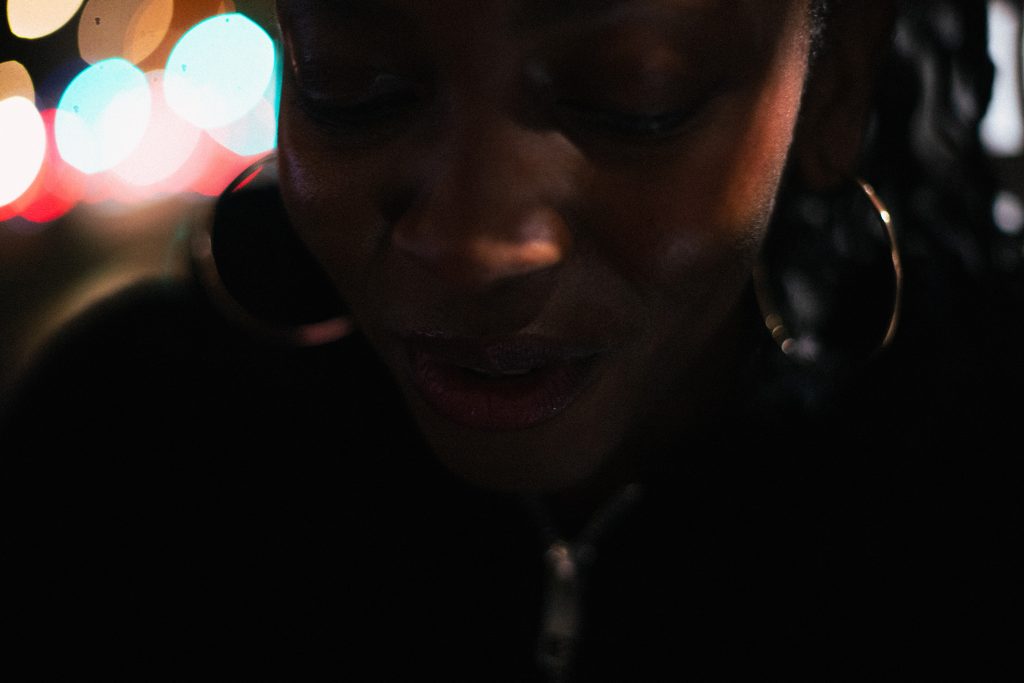
The short answer is yes.
A couple of years ago, there was this controversy about Samsung phones faking their moon shots. The marketing shows that when you zoom in and take a photo of the moon with your Samsung phone, you end up with a photo sharper than a lot of professional cameras.
Tuns out what Samsung did was train the camera on an image of the moon, and when it detects that you’re in fact shooting the moon, it uses its knowledge of what the moon looks like to “enhance” the photo you took.
I learned, because of that controversy, that we always see the same side of the moon, so Samsung had a relatively easy job of training the a.i on a 2D image.
Earlier today, I was at a gallery with some friends, and in one of the paintings, the moon and the sun were dancing — rotating around each other — and my friend asked,
“Does the moon actually rotate?”
“No,” I said, confidently. “It revolves, but does not rotate.”
“I think it rotates,” the artist said.
“No, it does not,” I insisted.
And because we live in 2025, and we all have phones with internet on them, we Googled it.
The moon does rotate, yes. I was wrong about that.
But the moon’s rotation is synchronized with it’s revolution, which means it takes the same amount of time to rotate on its axis as it does to revolve around Earth. It’s called tidal locking, and it’s the reason why we only ever get to see one side of the moon.
That’s the long answer.